The COVID-19 pandemic has disproportionately affected women and other marginalised and disadvantaged groups. With this in mind, for-purpose leaders and teams must adopt a gendered lens (amongst other things) in considering the challenges at hand and developing solutions. This article unpacks gender equity in the current context, and practically maps out key considerations and opportunities.
As we continue to navigate the changes and challenges of 2020, it’s easy to revert to an overly simple question – do you choose public health or the economy? The proponents of this line of thinking cite two choices. First, the public health approach, whereby we limit the spread of COVID-19, the associated illness and bereavements, at the expense of the economy. The supposed alternative is to focus on economic survival or revival, in which businesses stay open while COVID-19 runs rampant throughout our communities.
At Spark, we think this is the wrong question to ask. The complexity of our societies, and the issues and opportunities at hand, means that thinking in siloes won’t cut it. The binary of ‘public health versus the economy’ fails to consider the social determinants of health, which demonstrate that employment and socioeconomic status (as well as many other factors) play a significant role in our health and wellbeing outcomes. We also know that employees who are largely healthy and happy are generally more productive, creative and engaged.
Instead of reinforcing this unhelpful binary, we caught up (remotely) with Caitlin Mountford from Fitted For Work to apply a gendered lens to COVID-19 economic response and recovery. As an employment service with a focus on women, Fitted For Work has a unique perspective about the intersection of economic exclusion and disadvantage, and gender equity.
How have recent weeks and months been for you and the team?
Like many organisations, we’ve been responding to the lockdown. Our main focus has been on supporting our team and clients. That’s been our top priority.
Let’s cover the challenges, before we move to response and recovery. What are the key challenges facing women today, and how do you think these will change for the years ahead?
First of all, we know that any global crisis exacerbates existing inequalities, including gender inequity. Women are over-represented in insecure, casual and part-time employment and are more likely to be under-employed than men. This means they have greater employment risks to events such as the COVID-19 pandemic and economic recessions. We need to keep in mind that JobKeeper is masking the true economic fallout of COVID-19 and that we’ll see a major increase in unemployment figures over the coming months and years.
How are women responding to the pandemic?
My one w
Before we get to the solutions, are there any other key points you want to highlight?
Yes, there are a couple of important things. Employment models often exclude women and people experiencing disadvantages. At the moment, we are seeing a lot of solutions that are generally more targeted to or suitable for men, such as physical infrastructure projects. We’re not hearing much about digital infrastructure work, which has greater opportunities for women to access roles.
We have seen a focus throughout the pandemic, which has been pushed through the media, about individual responsibility and action as the solution to COVID-19. This overlooks the systemic, sociopolitical factors and makes it easy to blame individuals for ‘not doing the right thing’, rather than looking at why that is. For example, insecure work is a key factor in this and 80% of new infections are coming from workplaces. Ultimately, we need both individual action and broader systems change.
On the other hand, a silver lining of COVID-19 has been the shake-u
Over the coming months and years, what can the sector do to support women and gender equity?
Digital solutions pose so many opportunities for the sector right now. Emerge is an entirely virtual program, which boosts accessibility for many women. We’ve also designed it to be a cohort experience, whereby women complete the program alongside others in a similar position, which enables social connection and network-building. Flexibility has been another key consideration, so women can dip in and out of the program, depending on their other responsibilities. Digital also means the program is scalable, as we know that un- and under-employment will be an issue for many women for the years to come.
If we are to achieve gender equity, we need a collaborative and multi-faceted approach that brings together health and well-being, violence prevention and safety, economic participation, political participation, housing and homelessness, and other areas. This is a key consideration for the sector as our approach can sometimes be quite siloed. At Fitted For Work, we have many referral partners within the sector. This is completely necessary and important as it helps us to reach women and to help them more holistically. We can’t be everything for all women.
And how about government and industry?
It’s been heartening that our conversations with government at the state and federal level are acknowledging that the events of this year have disproportionately impacted women. Many great initiatives are happening already and there are so many opportunities to do more. We need to put a gendered lens over all of the decisions and policies that are being made – a real focus on this would lead to huge benefits in future. More generally, let’s work toward equal representation of women in decision-making roles across government and industry to ensure women’s voices are being heard. That’s crucial.
With the need in the community right now, there has to be greater government and other forms of investment in the not-for-profit sector, which tends to rely on the barest of margins. As we enter into a recession, it can feel like there is an avalanche of need and demand so the not-for-profit sector must have the support it needs to support the Australian population.
Another opportunity is developing more sustainable employment pathways for women, particularly in those sectors where there is a lot of attention, such as STEM . Our recruitment social enterprise, SheWorks, has been exploring opportunities for women in the STEM space. There is a common misconception when it comes to women entering male-dominated industries that they are starting at the bottom and don’t know anything. However, that’s normally not the case and it’s actually about up-skilling. So, if we can understand the barriers and biases that block women from these pathways, we can break those down in combination with emphasising women’s transferable skills and building their foundational knowledge.
SheWorks will be announcing a new partnership in November aimed at helping women to re-join the workforce by upskilling and preparing them for technical and tech-enabled roles. We look forward to sharing the details with you soon.
Are you applying a gendered lens in your COVID-19 response and recovery? If so, what does this look like? Either way, will anything change after reading this article? What other lenses do you think are vital as we build back better after the pandemic? For these or any other ideas, get in touch with us at info@sparkstrategy.com.au.

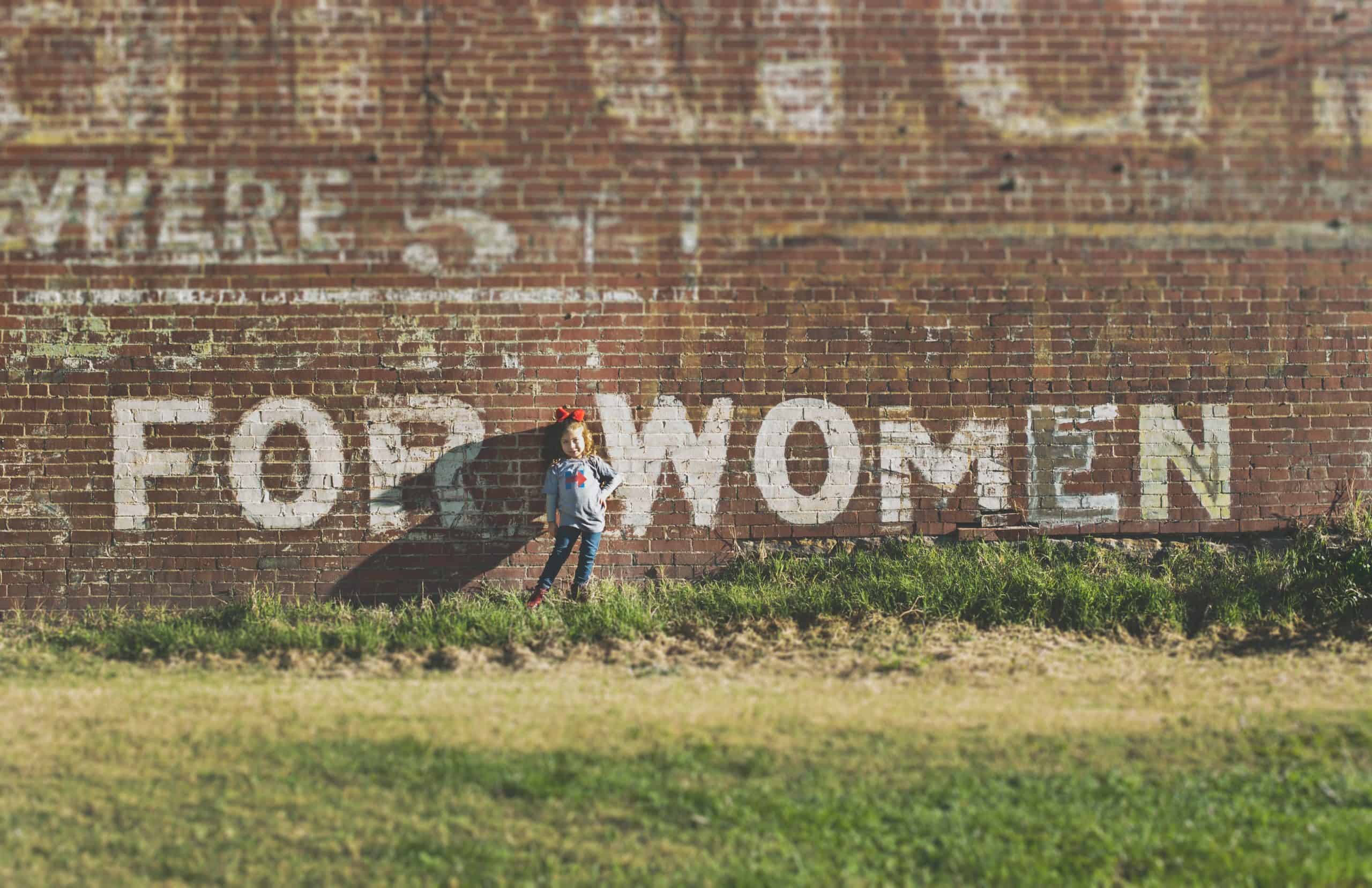
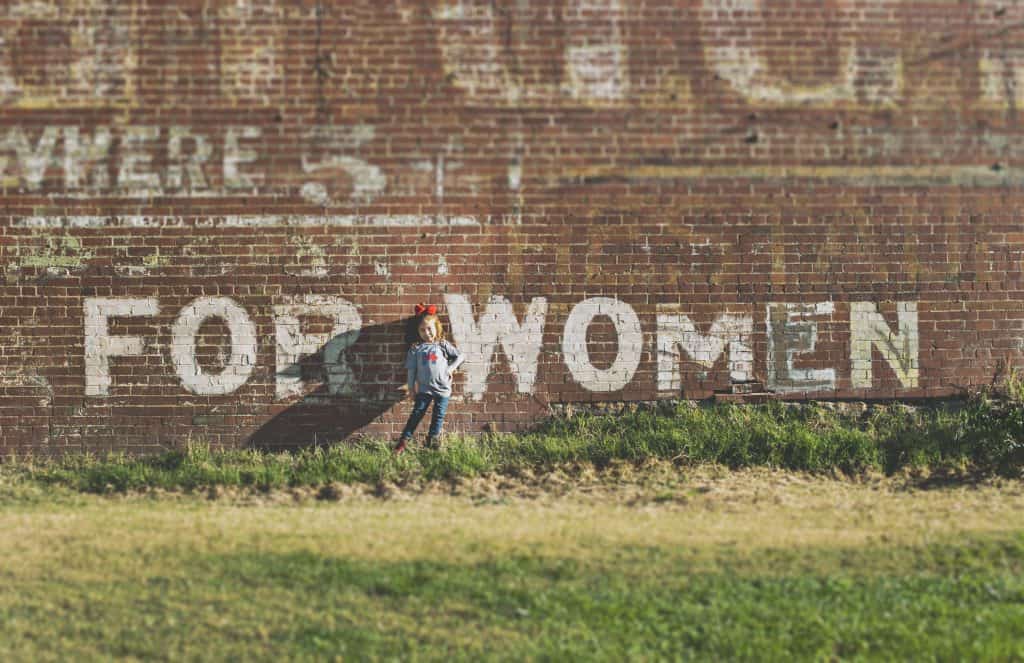
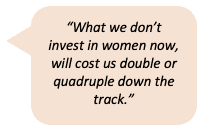
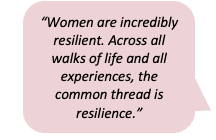
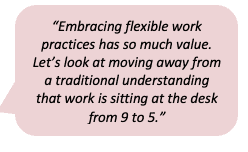
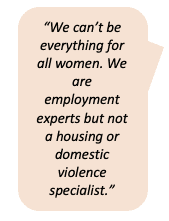
0 Comments